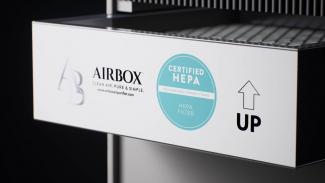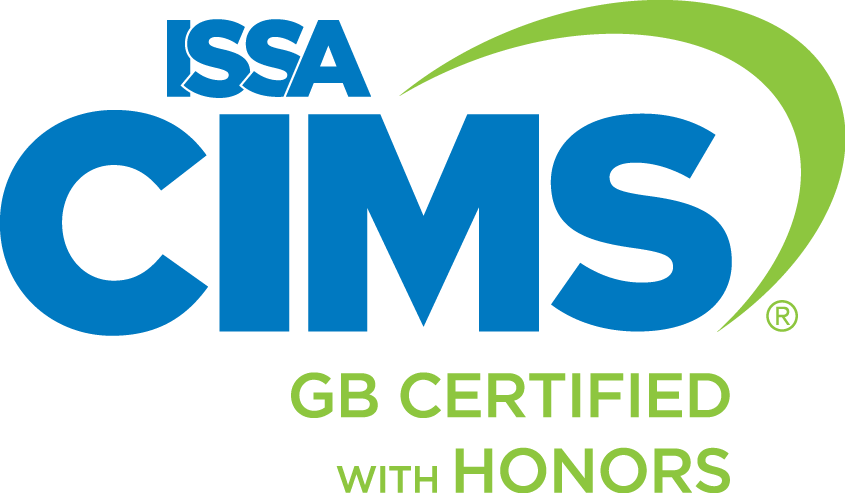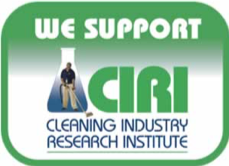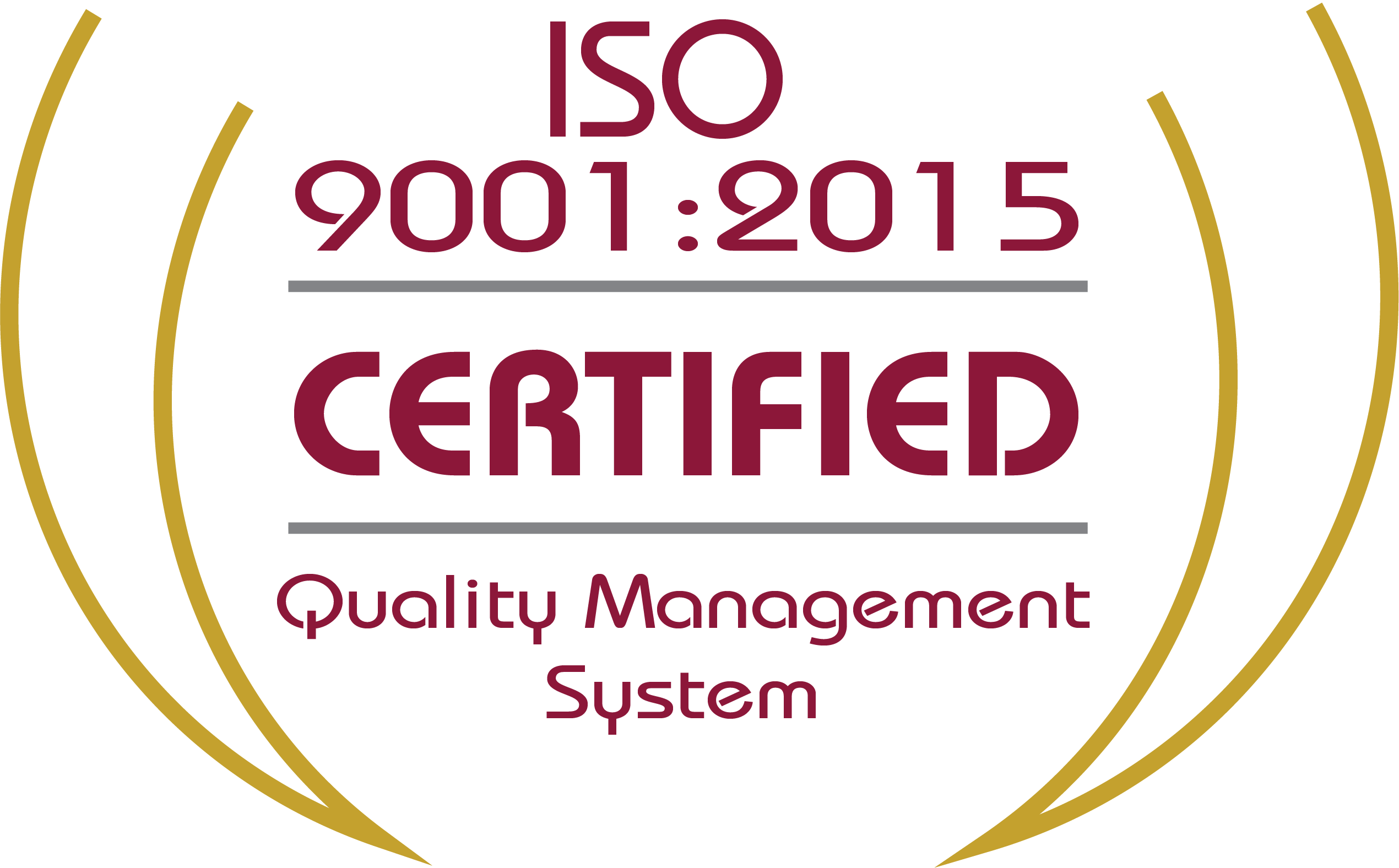What are HEPA filters? And what are the dangers of "HEPA-like" filters?
Air purifiers have found themselves at the center of many conversations during the COVID-19 pandemic. Due to the airborne nature of the virus, air purifiers and their ability to clean the air are seen as a necessity to many indoor environments. HEPA filters are one of the highest grades of filters for air purifiers in the world, and certified HEPA filters are in high demand. However, with this increased interest in air purifiers, there is an increase of “HEPA-like” filters on the market that do not meet the same rigorous standards.
HEPA filters have defined standards for nearly a century. It is important to understand why and, just as important, to recognize the dangers of HEPA-like filters.

What are HEPA filters?
“HEPA” stands for high-efficiency particulate air. The original HEPA filters, created and developed during World War I and World War II, were made up of specialized paper meant to protect soldiers on the battlefield. Modern ones look very similar, although the fibers of modern HEPA filters tend to be made of fiberglass and plastic.
Filters are one of the oldest and most efficient ways to rid the air of bio contaminants. A filter is made up of intersecting fibers. Air is brought through the filter, and the fibers will catch and trap particles, allowing only clean air to get through. One of the earliest purposes of HEPA filters was to filter out radioactive particles. Today, most commercial ones are focused on cleaning the air for everyday use. This includes filtering out dust, pollen, and in some cases bacteria and viruses.
In order to be certified as a HEPA filter, the filter must be able to remove 99.97% of particles that are 0.3 microns in diameter. This is very small; 1 micron is one millionth of a meter, and a single human hair is on average 70 microns wide.
One amazing fact is that HEPA filters are very efficient at catching particles that are bigger and smaller than 0.3 microns. For particles that are bigger than 0.3 microns, a HEPA filter acts like a sifter. The HEPA filter intercepts and catches these particles, either through straining, inertial impaction, or interception. In all of these cases, due to the size of the particles, they are unable to get through without bumping into and attaching themselves to one of the many fibers in the filter. Once they are trapped, they are unable to get free, and therefore only clean air is allowed to get through the filter.
Particles smaller than 0.3 microns undergo a different process altogether, due to Brownian motion. Brownian motion is named after the scientist who discovered it, Robert Brown. Particles are constantly moving and, while floating unhindered, will bump into each other. The impact of the bumps will send them in different directions, to bump against yet another particle and repeat the process all over again. This is why when you observe particles under a microscope, they are moving in erratic patterns. This affects smaller particles more, as the smaller particles are easily bumped and moved by other, bigger particles.
Because of Brownian motion, HEPA filters are able to capture these super small particles. Through a process called diffusion, particles smaller than 0.3 microns bump against the bigger particles and eventually will bump into the fibers of the HEPA filter. The end result is the same: they are trapped, and unable to become part of the air again.
The particle size that HEPA filters struggle to catch is 0.3 microns. Particles at this size are too small for the filter to easily catch, yet too big to be greatly affected by diffusion. NASA published a study in 2016 showing particle size and a HEPA filter’s ability to catch it. When the data is plotted on a graph, particles with a diameter of 0.3 microns are shown to have the lowest capture efficiency percentage. You can read the study here.
As such, HEPA filters are certified to catch 99.97% of particles that are 0.3 microns big. This is the closest they can get to reasonably catching all of the potential bio contaminants in the air.
What are HEPA-like filters and how are they dangerous?
HEPA filters must meet the standards defined by the Department of Energy, including catching 99.97% of particles that are 0.3 microns in diameter. The certification process includes being tested by a third-party certifying body. The current standards listed by the DoE can be found here.
Even before the beginning of the COVID-19 pandemic, air purifiers with HEPA filters were sought out by people with allergies and asthma, as well as hospitals and medical facilities. During the peak of allergy season, many people find that their air purifiers increased their quality of life. For medical buildings, air purifiers with medical grade HEPA filters are used to deter airborne sickness from spreading. Medical grade HEPA filters are some of the highest grade HEPA filters that currently exist, and must fulfill very high standards in order to receive that certification.
There are many products to claim to have “HEPA-like” filters. Other products may claim they are just as good or even better than HEPA filters. All of these claims are merely that: claims. A certified HEPA filter will clearly say that it is certified.
The problem with these HEPA-like filters is that they create a false sense of security when it comes to air purification. HEPA-like filters may look like a HEPA filter, but that is only with the naked eye. Most of what the HEPA filter does is on a microscopic level and is harder to judge.
A filter is ineffective if nothing, including clean air, can get through it. However, if a filter does not have fibers that are close together, particles both bigger and smaller than 0.3 microns can also slip through. If the gaps are too big, most particles will get through unhindered. Too small, and nothing can get through. There is a fine line in the standards that HEPA filters must meet in order to be certified. Without this certification, the filter may trick you into peace of mind while doing nothing but adding to the electricity bill.
Janitronics’ Choice of Air Purifier
We’ve spent a lot of time looking for the right air purifier to bring to our clients, including testing them within our own offices. We decided to work with AIRBOX to bring clean air to indoor environments.
AIRBOX has three filters in their models, one of which is a HEPA certified filter. Working in tandem with the other two air filters, these air purifiers will help keep your environment both clean and healthy.
For more information about AIRBOX, check out our AIRBOX page.
If you have any additional questions and want to reach out to us, use our contact form.



